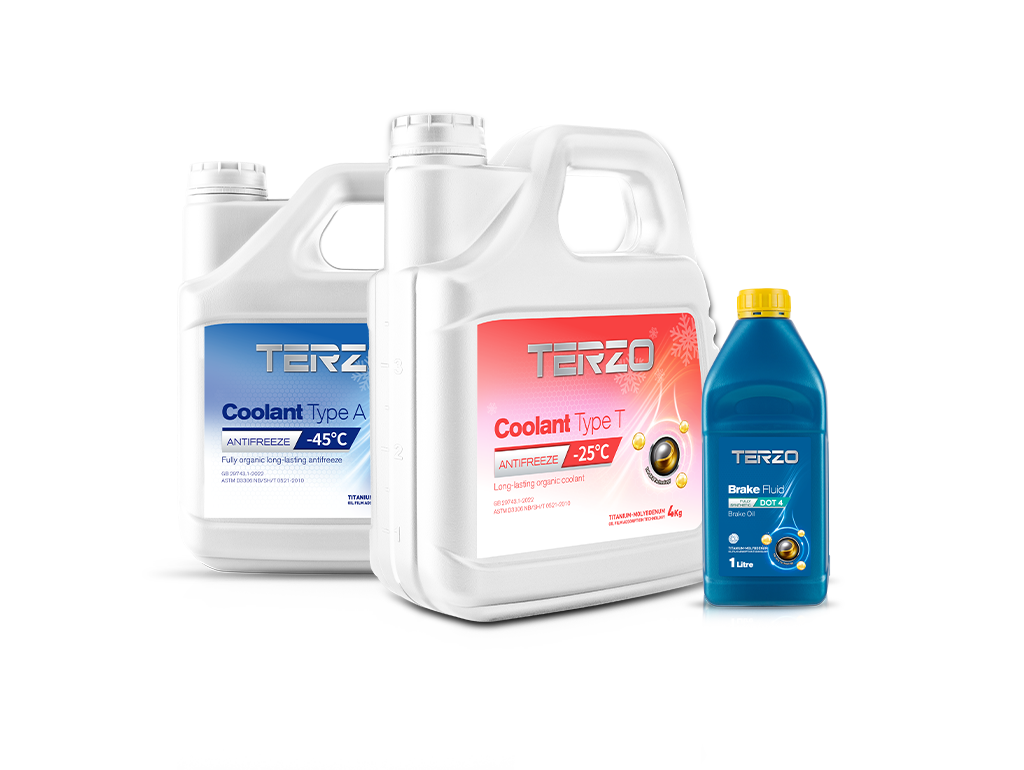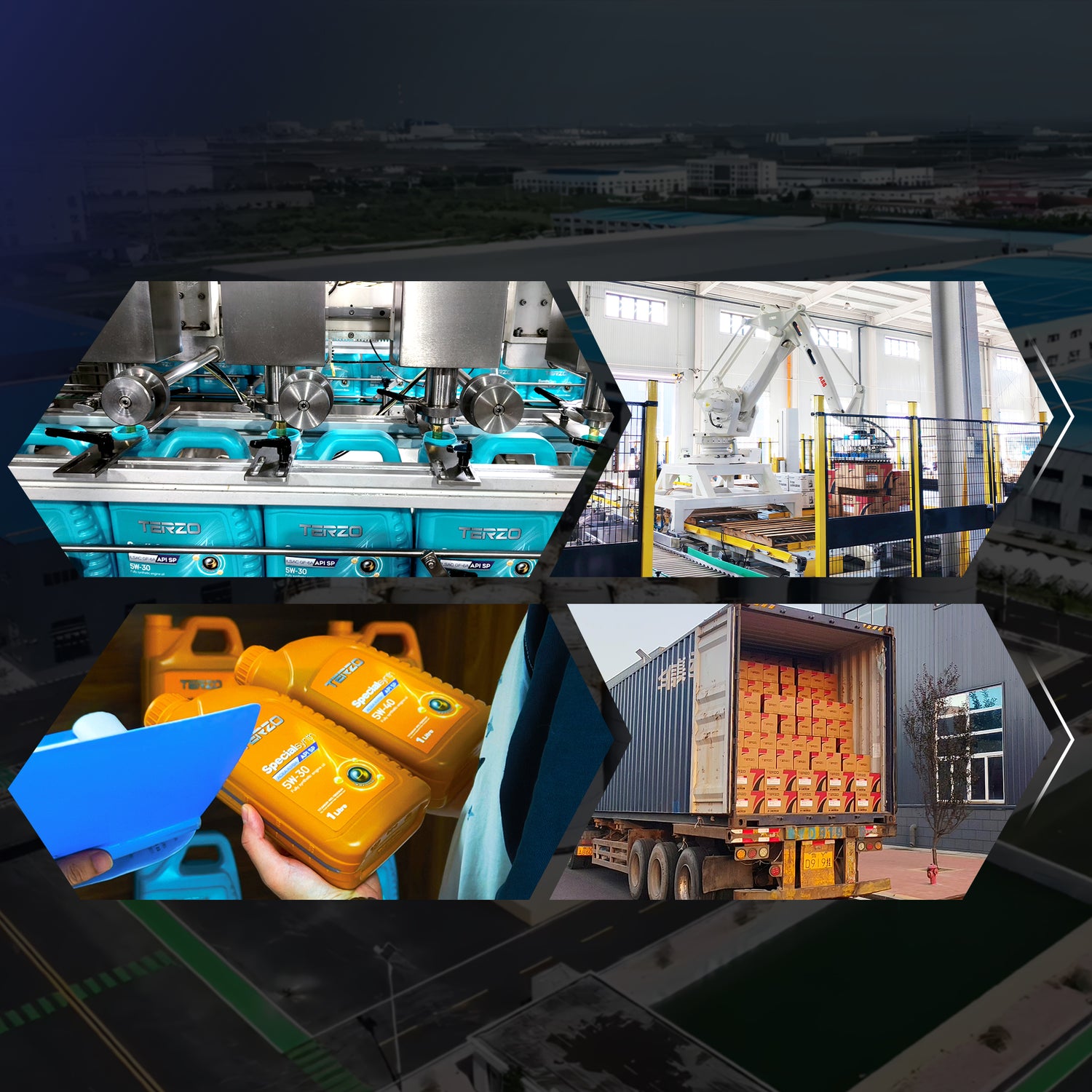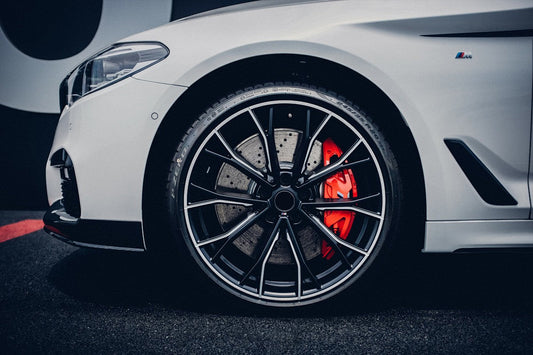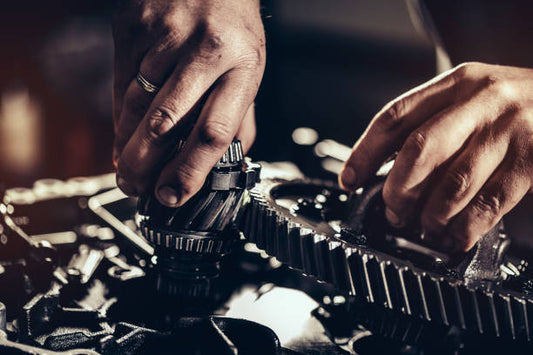
Professional Guide to Antifreeze for Engines: The Blood-Level Guardian of Your Engine
Antifreeze (coolant), as the core medium of a vehicle's cooling system, is not just essential for winter protection but also serves as a year-round "invisible guardian" for your engine. This article provides a comprehensive analysis of this critical fluid, covering functional principles, usage standards, and purchasing strategies.
I. Five Core Functions of Antifreeze
-
Dual-Temperature Regulation
-
Freeze Protection: Freezing points as low as -60°C prevent cylinder block cracks in extreme cold.
-
Boil Prevention: Boiling points up to 135°C (premium products) exceed water’s 100°C limit, avoiding summer overheating ("boiling over").
-
-
Multi-Layer Protection
-
Corrosion Resistance: Contains inhibitors to protect copper, aluminum, steel, and other metals, extending the cooling system’s lifespan.
-
Scale Prevention: Uses deionized water and anti-scaling agents to minimize deposits and enhance heat dissipation.
-
-
Year-Round Necessity
Not limited to winter use—its anti-corrosion and anti-oxidation functions require continuous operation in all seasons.
II. Replacement Standards: The Golden Rules
-
Time/Mileage Guidelines
-
Standard Antifreeze: Replace every 2 years or 40,000 km. High-usage vehicles (e.g., taxis) may require annual replacement.
-
Waterless Antifreeze: Marketed as "lifetime" but suffers 5-10% lower heat dissipation efficiency. Avoid for heavy-duty or stop-and-go driving.
-
-
Visual Inspection
-
Color Check: Cloudiness, layering, or sediment indicates immediate replacement.
-
Freezing Point Test: A $1.5 USD test at repair shops ensures the antifreeze’s freezing point remains 10°C below your region’s lowest temperature.
-
III. Professional Usage Protocols
-
Critical Don’ts
-
Never Mix Brands/Colors: Different additive formulas can trigger chemical reactions, corroding pipes.
-
Avoid Tap Water: Minerals in tap water cause scaling. Use distilled water only in emergencies, followed by full replacement.
-
-
Replacement Best Practices
-
System Flush: Remove old fluid and scale buildup to prevent blockages.
-
Level Control: Fill between MAX-MIN marks in the reservoir. Overfilling causes overflow during thermal expansion.
-
IV. Key Specifications for Antifreeze Selection
| Parameter | Standard Products | Premium Products (e.g., TERZO) |
|---|---|---|
| Freezing Point | ≥-40°C | ≤-45°C (Arctic-grade) |
| Boiling Point | ≥108.5°C | ≥135°C (Superior heat resistance) |
| Certifications | Basic corrosion protection | API/CE certified |
| Service Life | 2 years/40,000 km | 3 years extended protection |
Why TERZO?
TERZO Antifreeze leverages German engineering, with -45°C freeze resistance and a hybrid organic acid formula for full-metal corrosion protection. Ideal for extreme climates or high-stress driving.
V. Debunking Common Myths
-
Myth 1: "Antifreeze is only for winter."
Truth: It prevents boiling and corrosion year-round. -
Myth 2: "Same color = safe to mix."
Truth: Colors are identifiers only. Mixing formulas risks clogs and damage. -
Myth 3: "Waterless antifreeze is superior."
Truth: Lower heat dissipation efficiency raises overheating risks in traffic jams.
VI. Expert Recommendations
-
Brand Consistency: Prioritize OEM-recommended brands for compatibility.
-
Annual Checks: Test freezing point and pH before winter.
-
Avoid Cheap Products: Low-cost antifreeze (<$0.7 USD/kg) often contains industrial methanol, accelerating corrosion.
Conclusion
Antifreeze acts as the engine’s "lifeblood," directly impacting vehicle longevity and safety. By selecting compatible products, adhering to replacement cycles, and avoiding operational errors, drivers can achieve optimal, long-term engine protection.




